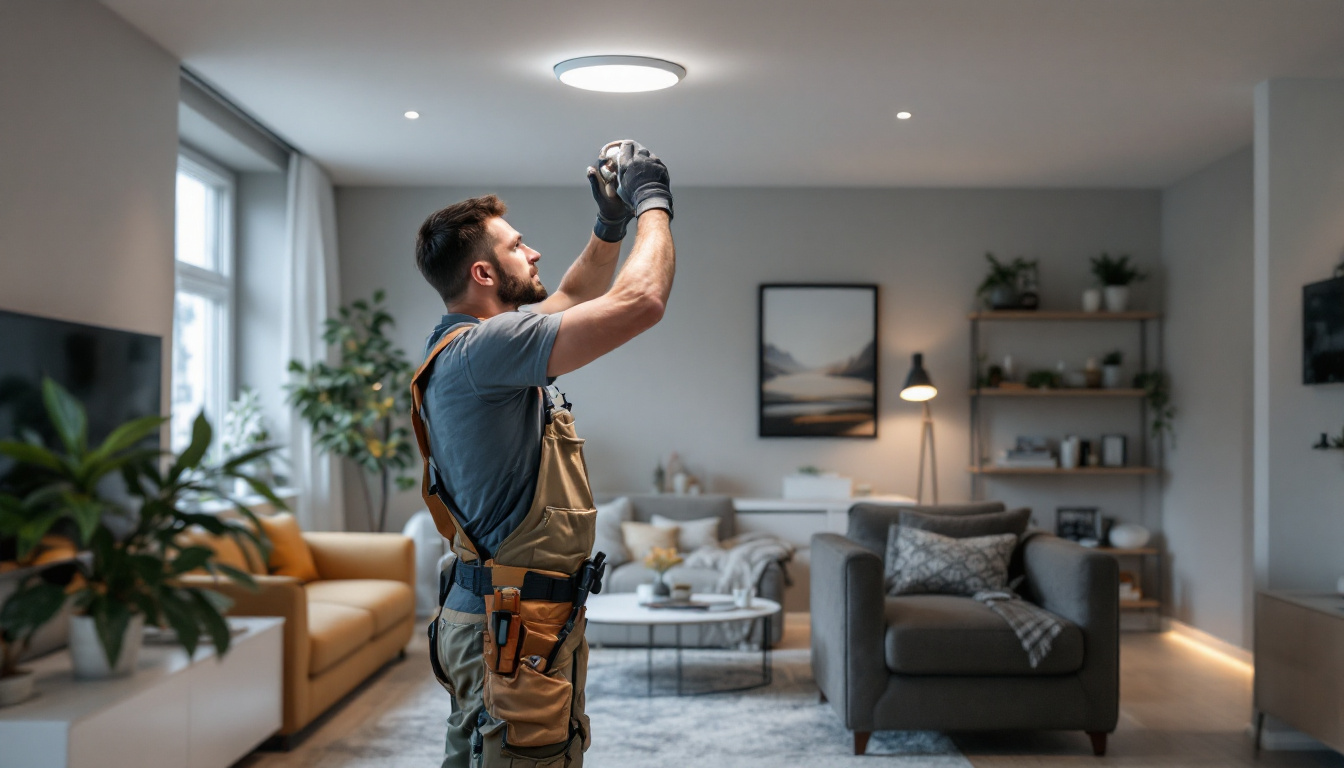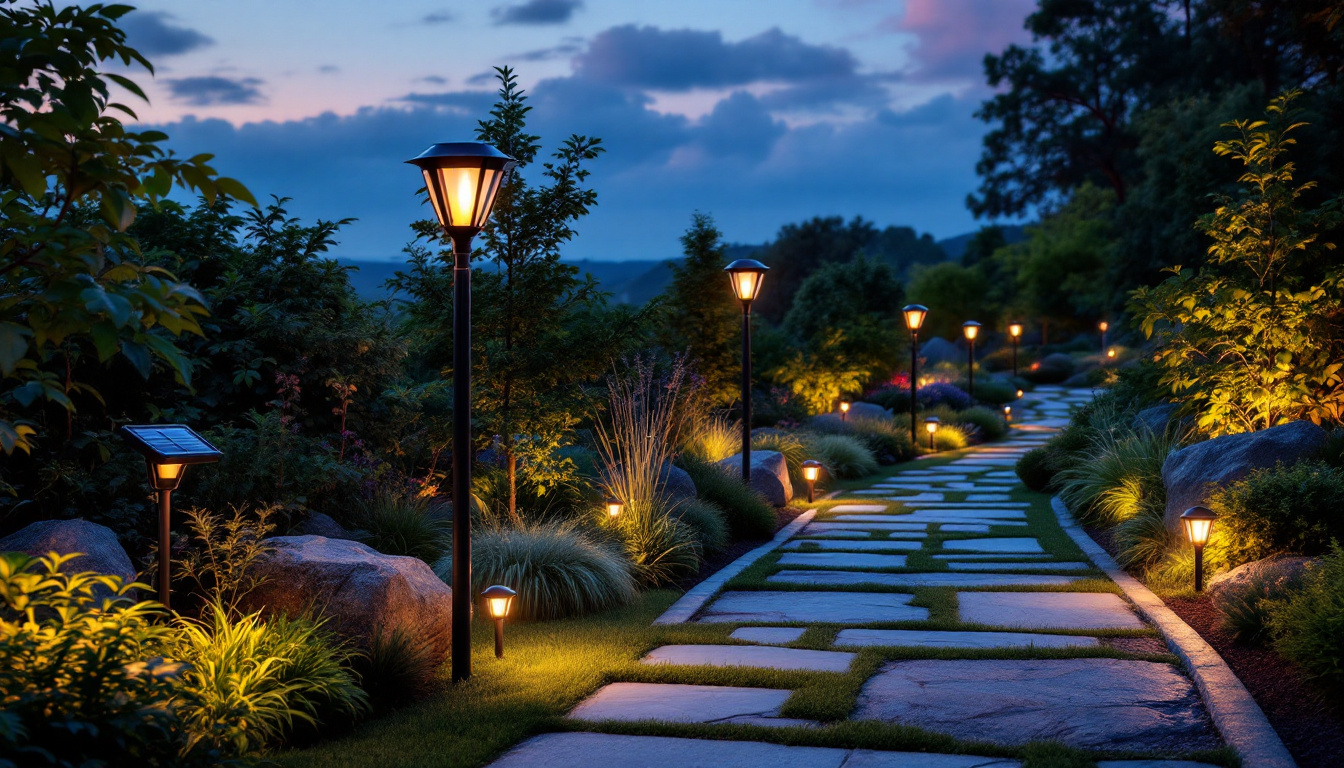
In the ever-evolving world of lighting design, recessed can lights have emerged as a staple for both residential and commercial spaces. For lighting contractors, understanding the nuances of recessed can lights is essential not only for successful installations but also for meeting client expectations and staying competitive in the market. This article delves into the importance of recessed can lights, their benefits, and considerations that lighting contractors should keep in mind.
Recessed can lights, often referred to as downlights, are fixtures that are installed into a hollow opening in the ceiling. They provide a clean, streamlined look, making them a popular choice in modern design. Unlike traditional light fixtures that hang from the ceiling, recessed lights are flush with the ceiling surface, offering an unobtrusive lighting solution. This feature not only enhances the aesthetic appeal of a room but also allows for greater flexibility in furniture arrangement, as there are no hanging elements to obstruct sight lines or interfere with décor.
A typical recessed can light consists of three main components: the housing, the trim, and the bulb. The housing is the part that is installed in the ceiling, while the trim is the visible part that frames the light bulb. The bulb itself can vary in type, including LED, halogen, or incandescent, each offering different levels of brightness and energy efficiency. LED bulbs, for instance, are becoming increasingly popular due to their longevity and lower energy consumption, making them a cost-effective choice over time. Furthermore, the color temperature of the bulb can significantly influence the ambiance of a space, with options ranging from warm, inviting tones to cool, crisp light that can enhance productivity in workspaces.
Understanding these components is crucial for contractors, as it affects the installation process, compatibility with different ceiling types, and the overall aesthetic of the space. For example, the choice of trim can dramatically alter the light distribution and visual impact, with options such as baffle trims that reduce glare or reflector trims that enhance brightness. This level of detail is essential for achieving the desired lighting effect in residential or commercial environments.
Recessed can lights come in various types, each designed for specific applications. For instance, some are designed for new construction, while others are made for remodels. New construction cans are typically installed before drywall is put up, allowing for easier access and secure mounting. On the other hand, remodel cans are designed to fit into existing ceilings, making them ideal for renovations. These remodel fixtures often feature clips that secure the housing to the drywall, ensuring a snug fit that minimizes the risk of sagging over time.
Additionally, there are specialized recessed lights available, such as those with adjustable angles for accent lighting or wet-rated options for use in bathrooms and outdoor areas. Adjustable recessed lights can be particularly effective in highlighting artwork or architectural features, providing a dynamic lighting solution that can be tailored to the homeowner’s preferences. Understanding these variations enables contractors to make informed recommendations to clients based on their specific needs. Moreover, the choice of recessed lighting can also influence energy efficiency ratings for a building, as well-designed lighting can reduce reliance on additional fixtures and improve overall energy performance.
Recessed can lights offer numerous advantages, making them an attractive option for both contractors and clients. Their versatility and aesthetic appeal are just the beginning of their benefits.
One of the most significant benefits of recessed can lights is their ability to save space. In rooms with low ceilings, traditional light fixtures can make the space feel cramped. Recessed lights, being flush with the ceiling, create an illusion of height and openness, making them ideal for smaller areas.
This space efficiency is particularly beneficial in urban environments where square footage is at a premium. Lighting contractors can leverage this advantage when discussing design options with clients, emphasizing how recessed lighting can enhance the overall feel of a room. Additionally, the unobtrusive nature of recessed can lights allows for more creative furniture arrangements, as homeowners are not constrained by the presence of hanging fixtures. This can lead to a more functional and enjoyable living space, where every inch is utilized effectively.
Recessed can lights provide a sleek and modern look that complements various interior design styles. They can be used to create a subtle ambiance or highlight specific areas within a room. By strategically placing recessed lights, contractors can enhance architectural features, artwork, or other focal points, creating a visually appealing atmosphere.
Moreover, the ability to choose different trims and bulb types allows for customization, ensuring that the lighting aligns with the client’s vision. This flexibility is a key selling point for contractors, as it enables them to cater to diverse tastes and preferences. Furthermore, the use of dimmable LED options can provide homeowners with control over the lighting intensity, allowing them to set the mood for any occasion—be it a cozy family gathering or an elegant dinner party. The seamless integration of recessed lighting into the ceiling also contributes to a clean, uncluttered look, which is highly sought after in contemporary home design.
While recessed can lights offer numerous benefits, their installation requires careful planning and execution. Lighting contractors must consider various factors to ensure a successful installation.
Before installing recessed can lights, it is crucial to assess the ceiling type and height. Different ceiling materials, such as drywall, plaster, or drop ceilings, may require specific housing types and installation techniques. Additionally, the height of the ceiling will influence the placement and spacing of the lights to achieve optimal illumination.
For instance, in rooms with higher ceilings, contractors may need to use more powerful bulbs or adjust the spacing between fixtures to ensure adequate lighting. Understanding these nuances allows contractors to provide tailored solutions that meet the unique needs of each project.
Electrical planning is another critical aspect of recessed can light installation. Contractors must ensure that the existing electrical system can support the new fixtures, taking into account the wattage and load requirements. This may involve upgrading circuits or adding new wiring, which can impact project timelines and budgets.
Moreover, understanding local building codes and regulations is essential to ensure compliance and safety. Knowledge of these requirements can help contractors avoid costly mistakes and ensure a smooth installation process.
In today’s environmentally conscious market, energy efficiency is a significant consideration for both contractors and clients. Recessed can lights, particularly those utilizing LED technology, offer substantial energy savings compared to traditional incandescent bulbs.
LED recessed lights consume significantly less energy and have a longer lifespan than traditional bulbs. This not only reduces electricity bills for clients but also minimizes the frequency of bulb replacements, leading to lower maintenance costs over time. For contractors, promoting the use of LED options can enhance their reputation as environmentally responsible professionals.
Furthermore, many regions offer incentives or rebates for energy-efficient lighting solutions, providing additional financial benefits for clients. Lighting contractors can leverage this information to encourage clients to opt for energy-efficient recessed lighting, making it a win-win situation.
Incorporating sustainable practices into lighting design is becoming increasingly important. Contractors can consider using fixtures made from recyclable materials or those that are designed for easy disassembly and recycling at the end of their life cycle. This approach not only benefits the environment but also appeals to clients who prioritize sustainability in their purchasing decisions.
The world of recessed lighting is continually evolving, with new trends emerging that lighting contractors should be aware of to stay competitive. Understanding these trends can help contractors provide cutting-edge solutions to their clients.
One of the most significant trends in recent years is the integration of smart technology into recessed lighting. Smart recessed lights can be controlled via mobile apps or voice-activated devices, allowing users to adjust brightness, color temperature, and even create lighting schedules.
Contractors who are knowledgeable about smart lighting options can offer clients enhanced convenience and customization, setting themselves apart in a competitive market. Additionally, as smart home technology continues to grow in popularity, being able to provide these solutions can lead to increased business opportunities.
Another trend gaining traction is the use of adjustable color temperatures and dimming capabilities in recessed lighting. Clients are increasingly looking for flexibility in their lighting solutions, allowing them to create different moods and atmospheres in their spaces.
By offering recessed lights with adjustable features, contractors can cater to this demand, providing clients with the ability to personalize their lighting experience. This adaptability can enhance overall satisfaction and lead to repeat business and referrals.
Recessed can lights are more than just a functional lighting solution; they are a vital component of modern design that offers numerous benefits. For lighting contractors, understanding the intricacies of recessed lighting, from installation considerations to energy efficiency and emerging trends, is essential for success in the industry.
By staying informed and adapting to the evolving landscape of recessed lighting, contractors can provide valuable insights and solutions to their clients, ensuring that their projects not only meet but exceed expectations. As the demand for recessed can lights continues to grow, so too does the opportunity for contractors to establish themselves as trusted experts in the field.
Ultimately, the ability to navigate the complexities of recessed can lights will not only enhance the contractor’s skill set but also contribute to the overall satisfaction of clients, paving the way for lasting relationships and a thriving business.
Ready to elevate your lighting projects with the latest in recessed can lights? Look no further than LumenWholesale, where we provide lighting contractors with the highest quality, spec-grade lighting products at unbeatable wholesale prices. Say goodbye to local distributor markups and hello to our extensive selection that meets the highest industry standards. With LumenWholesale, you get reliable, high-performance lighting for every project, plus the convenience of bulk buying with free shipping. Don’t compromise on quality or value; click here for Wholesale Lighting at the Best Value and make your next installation a shining success.

Discover the essential tips and insights for lighting contractors on selecting the perfect used lighting solutions.

Illuminate your landscaping projects with our comprehensive guide on the best lawn solar lights.

Discover innovative strategies and expert tips from lighting contractors on transforming traditional can lights into smart lighting solutions.

Discover how 2X4 drop ceiling LED light fixtures can revolutionize your lighting projects.